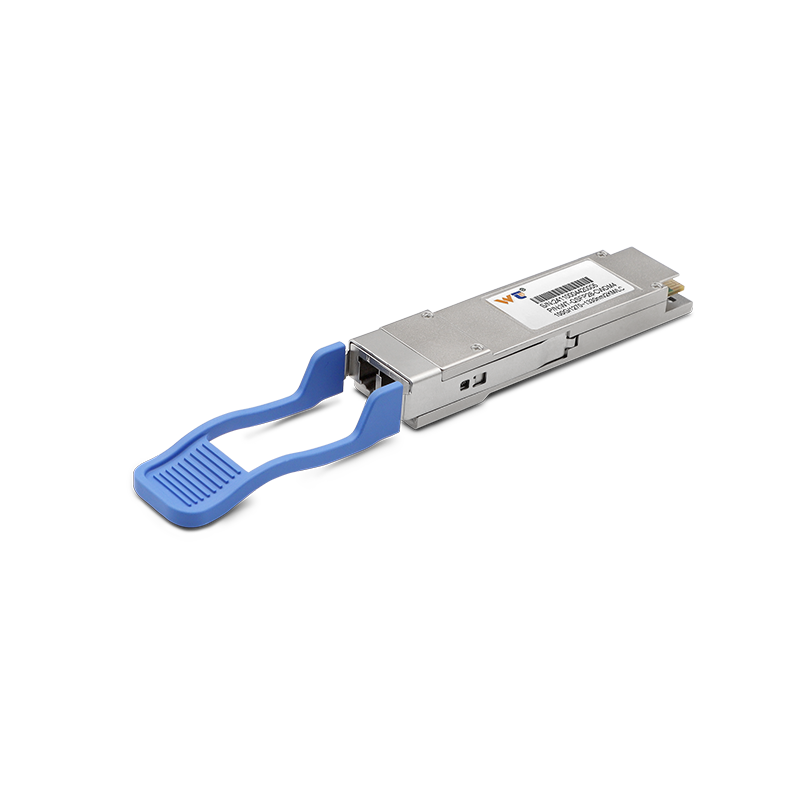The digital landscape is rapidly evolving, and hybrid networks are emerging as a transformative force within this realm. So, what exactly is a hybrid network? In simple terms, a hybrid network combines different types of network infrastructures, such as traditional wired, wireless, and cloud networks. This integration aims to optimize performance, enhance data management, and improve connectivity across various platforms. The flexibility and scalability offered by hybrid networks cater to the diverse needs of modern businesses, ensuring seamless communication between on-premises and cloud-based resources.
To fully grasp hybrid networks, it’s important to understand the key technical elements involved. At the core, they incorporate various network types: Private networks (like an intranet), public networks (such as the internet), and cloud networks (provided by services like AWS or Azure). This convergence enables organizations to achieve a robust and reliable connectivity solution. Protocols like MPLS (Multiprotocol Label Switching) and SD-WAN (Software-Defined Wide Area Network) play crucial roles in routing traffic efficiently across these disparate networks. Furthermore, special emphasis is placed on security measures, including VPNs (Virtual Private Networks) and firewalls, to safeguard sensitive data against unauthorized access.
Understanding how hybrid networks work is pivotal. They function by utilizing virtualization technologies, which allow different types of networks to work in unison. This is achieved through the use of load balancers that distribute network traffic effectively, ensuring no single resource becomes overwhelmed. Data packets are monitored meticulously to determine the best route for delivery—whether via an on-premises server or a cloud provider. Moreover, network orchestration tools coordinate the interactions between the various networks, allowing dynamic resource allocation based on real-time demands. This orchestration not only increases efficiency but also supports scalability, facilitating growth as business needs evolve.
The applications of hybrid networks are vast and varied, making them highly relevant across different industries. In healthcare, for example, hybrid networks enable seamless connectivity between hospital systems and cloud-based health records, ensuring accessibility and compliance. In the finance sector, they enhance data security and redundancy, allowing for critical transactions to occur with minimal downtime. Retail businesses also benefit from hybrid networks by integrating point-of-sale systems with online inventories, thereby improving customer experience. Moreover, hybrid networks facilitate IoT (Internet of Things) environments, where various connected devices communicate and share data across multiple platforms, driving innovation in smart cities and automation.
Looking ahead, the development trends for hybrid networks are clear. Adoption rates are expected to surge as organizations leverage the increasing volume of data and expanding IoT deployments. Enterprises are actively seeking ways to enhance their network agility, enabling faster responses to market changes. Additionally, the rise of 5G technology will further amplify the capabilities of hybrid networks, offering higher speeds and more reliable connections. Moreover, as concerns about data privacy continue to grow, hybrid networks that integrate advanced AI-driven security measures will become increasingly attractive. This evolution positions hybrid networks not just as a choice, but as a necessity for forward-thinking organizations.
Establishing standards for hybrid networks is vital to ensure their effectiveness and security. This includes creating guidelines for interoperability between different network types and establishing protocols that guarantee data integrity and confidentiality. Bodies such as the ITU (International Telecommunication Union) and IEEE (Institute of Electrical and Electronics Engineers) are actively working on these standards. Compliance with regulatory frameworks, such as GDPR for data protection, will also be essential. Moreover, organizations are encouraged to develop their own best practices to optimize performance and ensure network resilience. As hybrid networks continue to evolve, establishing clear and comprehensive standards will be crucial to enhancing their reliability and effectiveness in meeting the demands of tomorrow's digital world.






